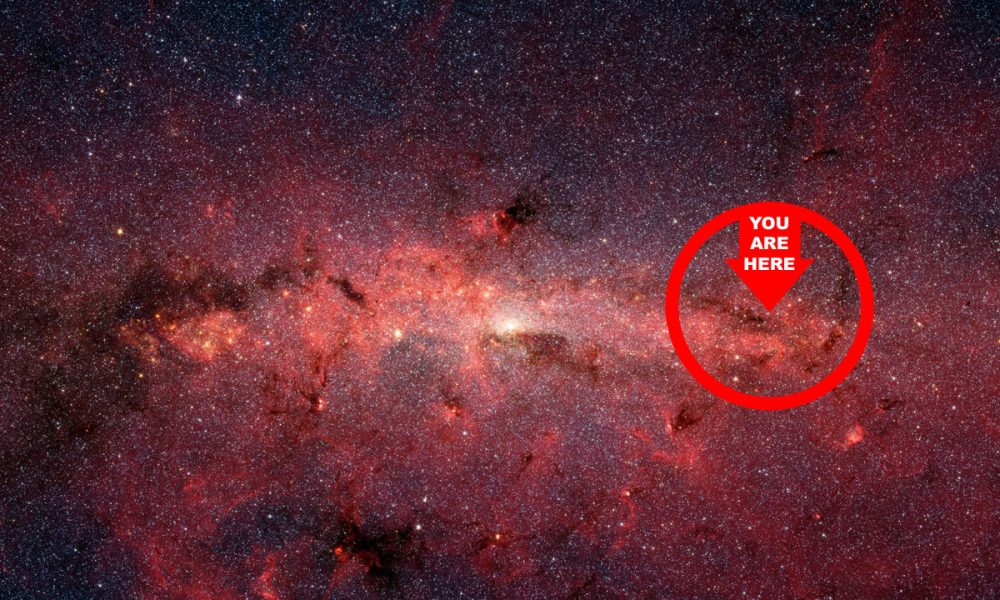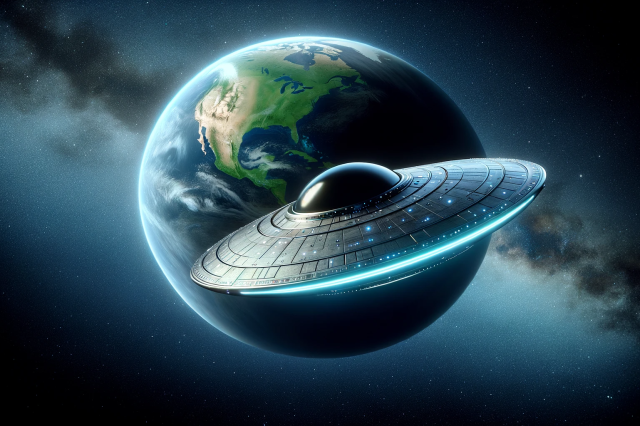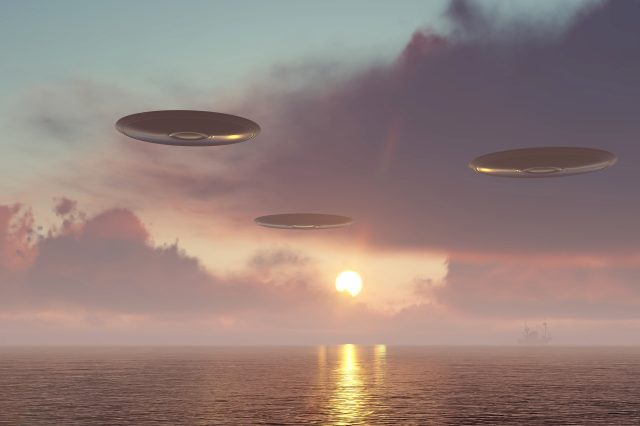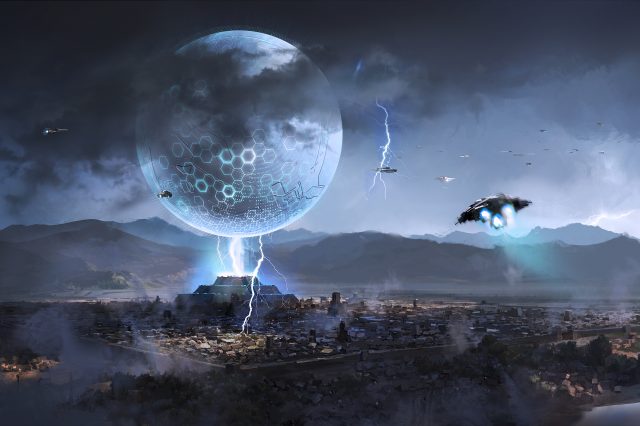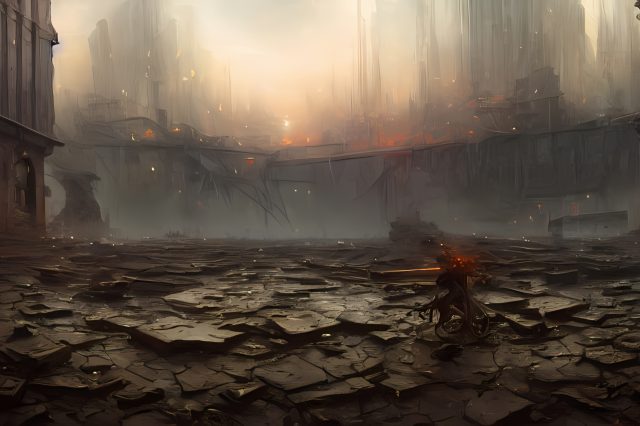The universe is a beautiful yet mysterious place.
The Universe. No one knows how big it is. It is huge, alright, but just how much?
When we say Universe, what are we actually referring to?
The best definition would describe the Cosmos as all of space and time and its contents, including planets, stars, galaxies, and other forms of matter and energy.

While the spatial size of the entire Universe is unknown, it is possible to measure the observable Universe. But those two things are a universe apart.
So, what do we actually know about the Universe?
Astronomers assume that the proper distance—the distance as would be measured at a specific time, including the present—between our planet and what is considered the edge of the observable Universe is 46 billion light-years (14 billion parsecs), which means that the diameter of the observable Universe is about 93 billion light-years (28 billion parsecs).
The best part?
Astronomers say it is still expanding!
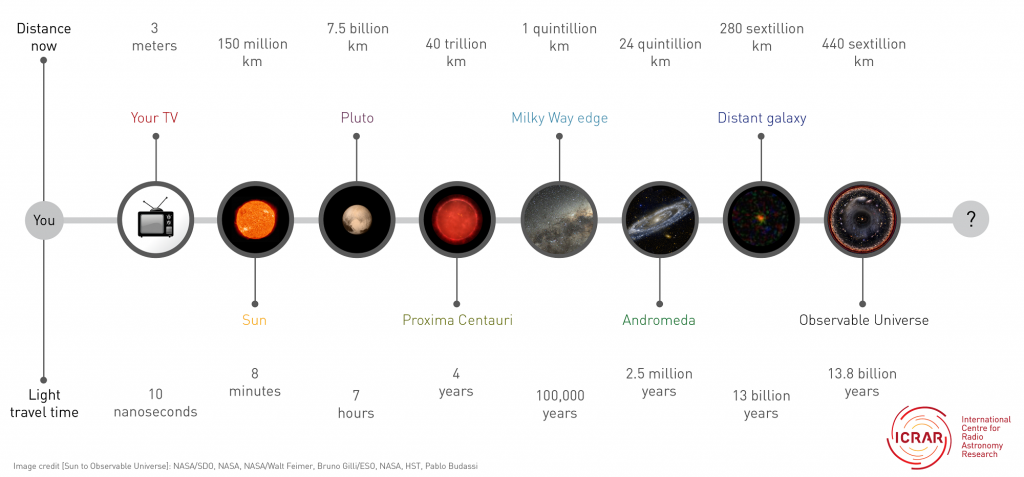
As explained by astrophysicist Ethan Siegel, “based on what we know so far, the part of the Universe that’s accessible to us today, 13.8 billion years after the Big Bang, is now 46 billion light-years in radius.”
It’s a number our minds can’t fathom.
Based on the observed expansion rate, and the fact that we know our Universe is made of:
- 68% dark energy, which acts like a cosmological constant,
- 27% dark matter, which dilutes with volume as the Universe expands,
- 4.9% normal matter, which acts like dark matter but also collides with itself,
- 0.1% neutrinos, which acts like matter today but like radiation when it moves close to the speed of light, and
- 0.01% photons, which dilute with volume and also have their wavelengths stretch and cool as the Universe expands.
There are three possible shapes of the Universe:
- flat (zero curvature);
- spherical or closed (positive curvature), or
- hyperbolic or open (negative curvature).
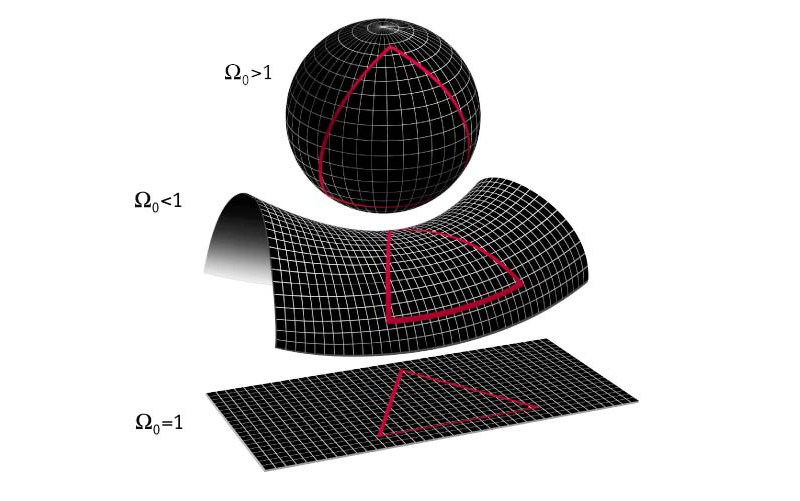
But let’s start from Earth and see what it compares to the rest of the cosmos.
The photograph below is perhaps the most famous picture ever taken: Earthrise. Our planet. Home. Our very own cosmic island.
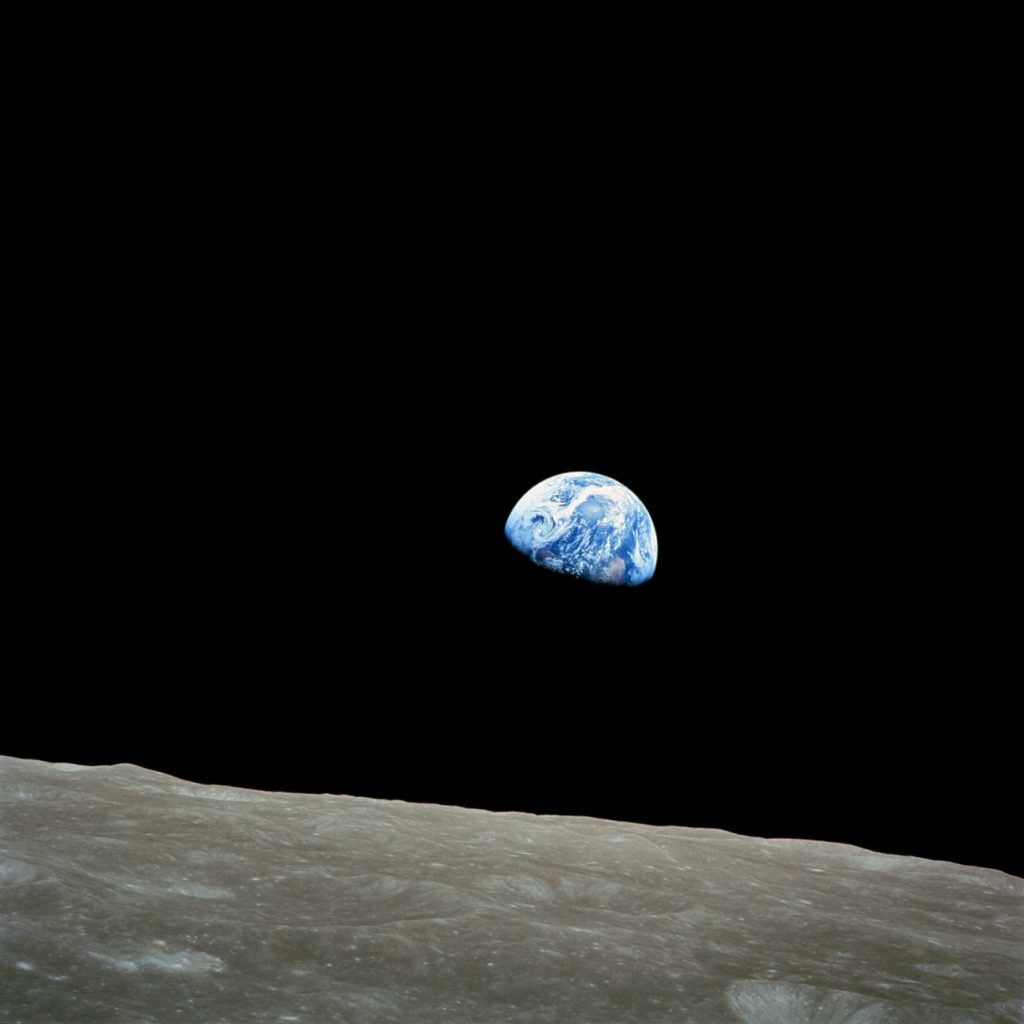
Earth is accompanied in its journey through space by its very own natural satellite, unsensationally called the Moon.
The image below shows the scaled distance between Earth and the moon.

Humanity has set foot on the moon. And that’s as far as we got so far.
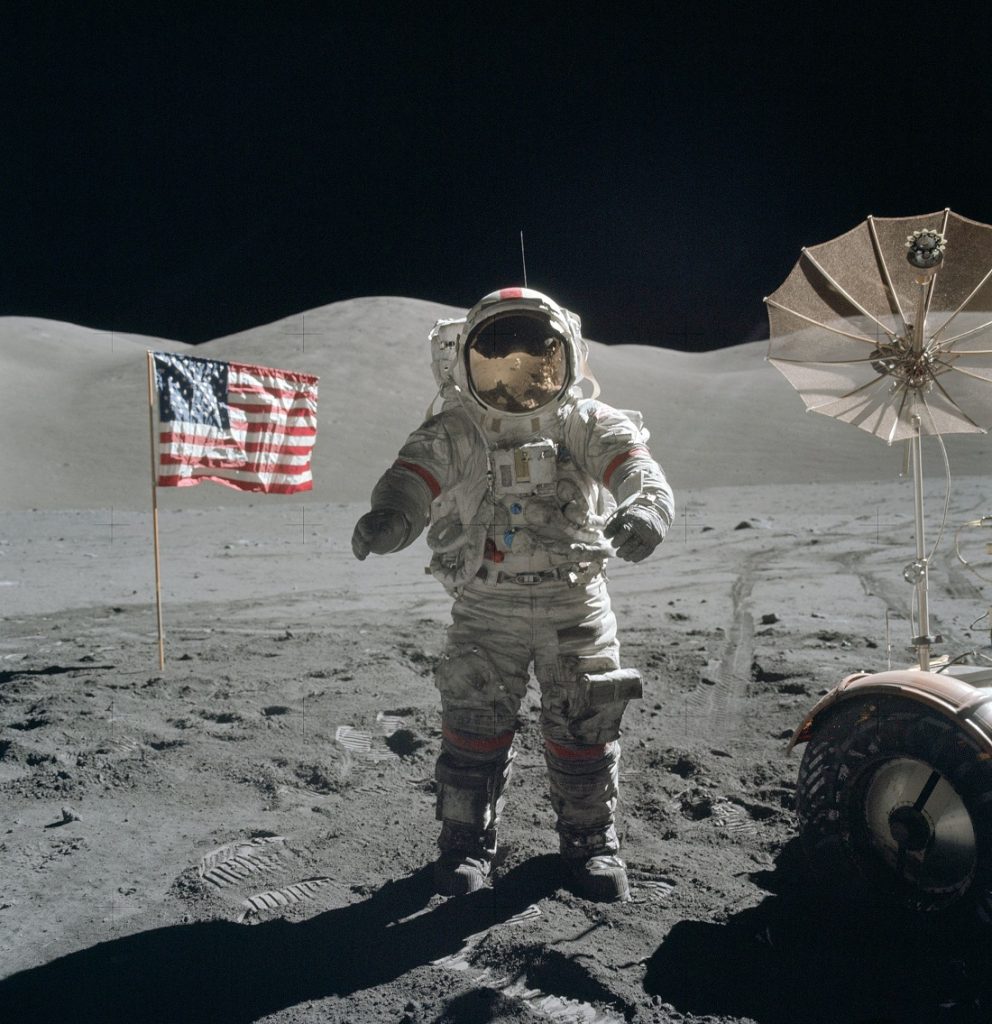
Curiously, the distance between the Earth and the moon is around 384,400 kilometers (238,555 miles), which means that all the planets in the solar system could fit between the Earth and the moon.
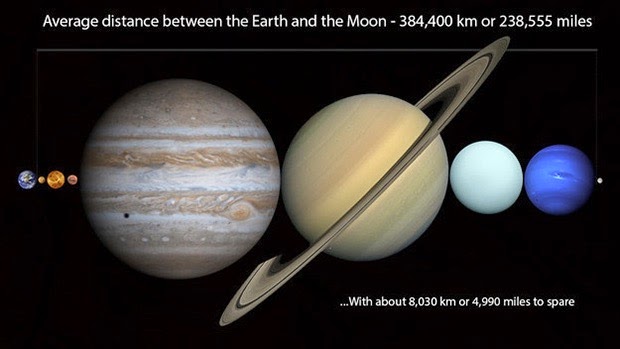
But our solar system is more than just planets and moons.
In fact, it is a massive neighborhood we still have not fully explored.
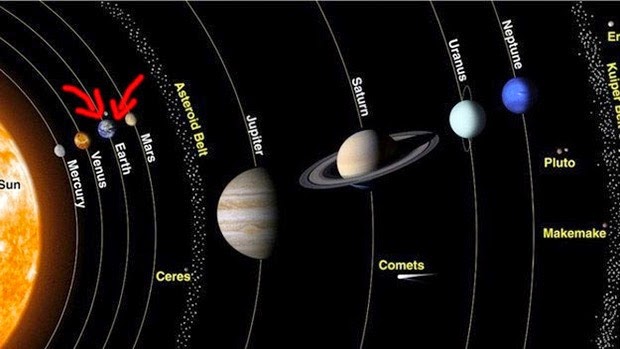
Here’s a view of the moons in our solar system, compared to Earth.

The largest planet in the solar system is the gas giant Jupiter. Here’s an image that shows just how big it is. It compares a part of the planet with the North American continent.
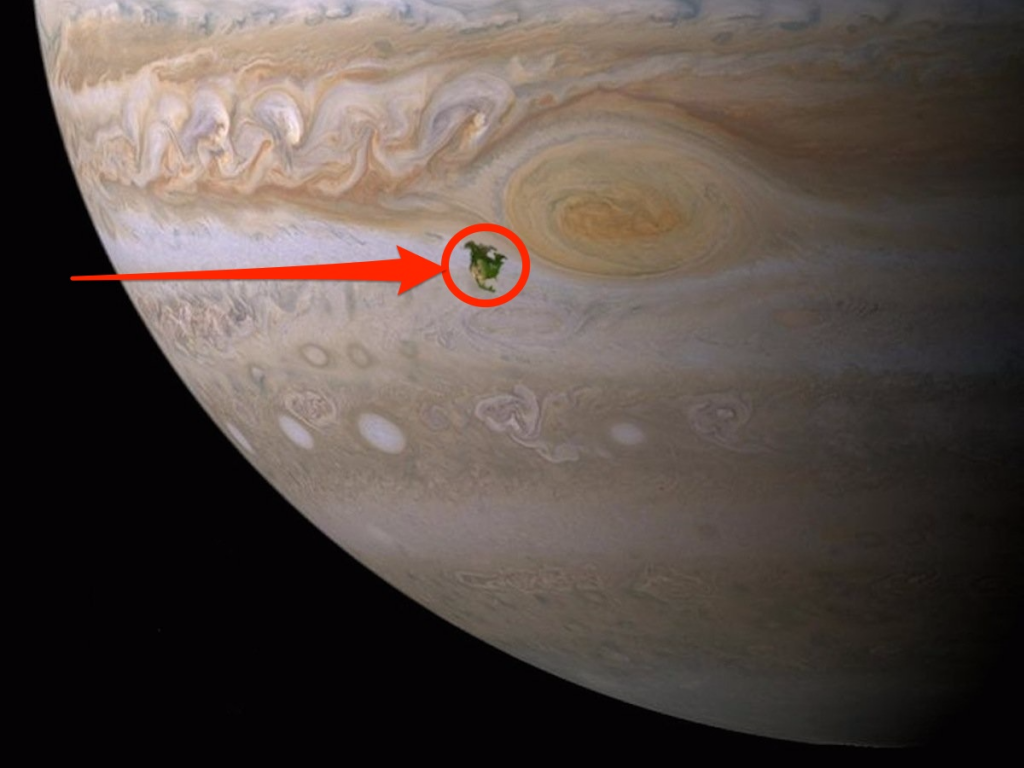
This below is Earth compared to Jupiter.

Swirling clouds on the surface of Jupiter.
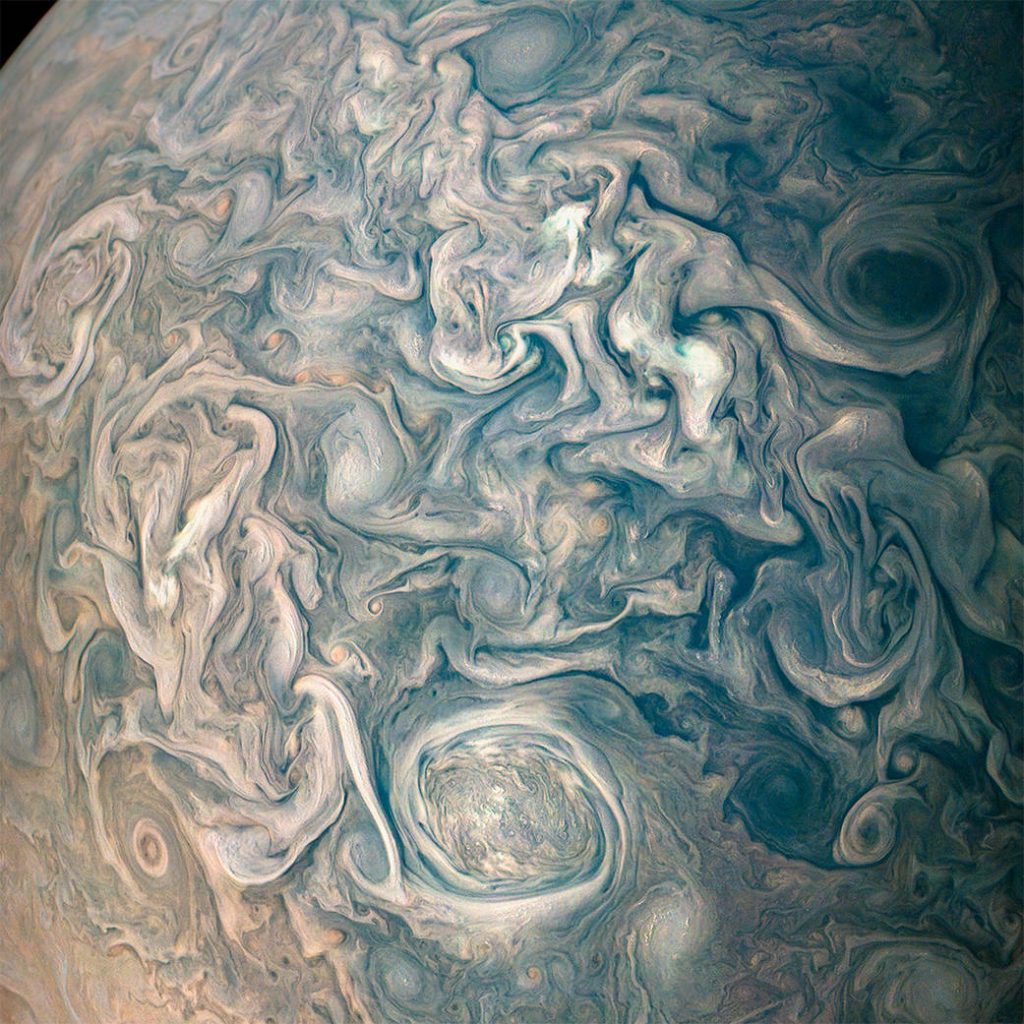
The planets in our solar system are beautiful, and one of my favorites is Saturn.
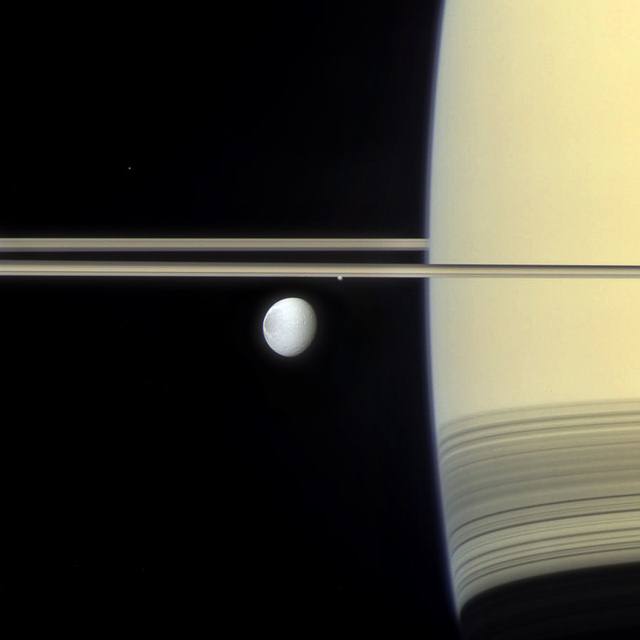
If Earth had rings like Saturn, this is what it would look like from the surface of our planet.
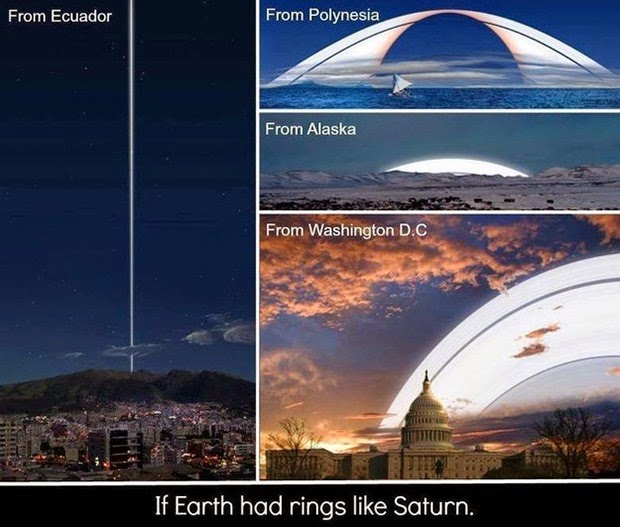
The solar system we live in can also be a dangerous place. Don’t believe me? Ask the dinosaurs. The below image is a comparison between a comet and L.A.

Here’s Earth compared to Mars.
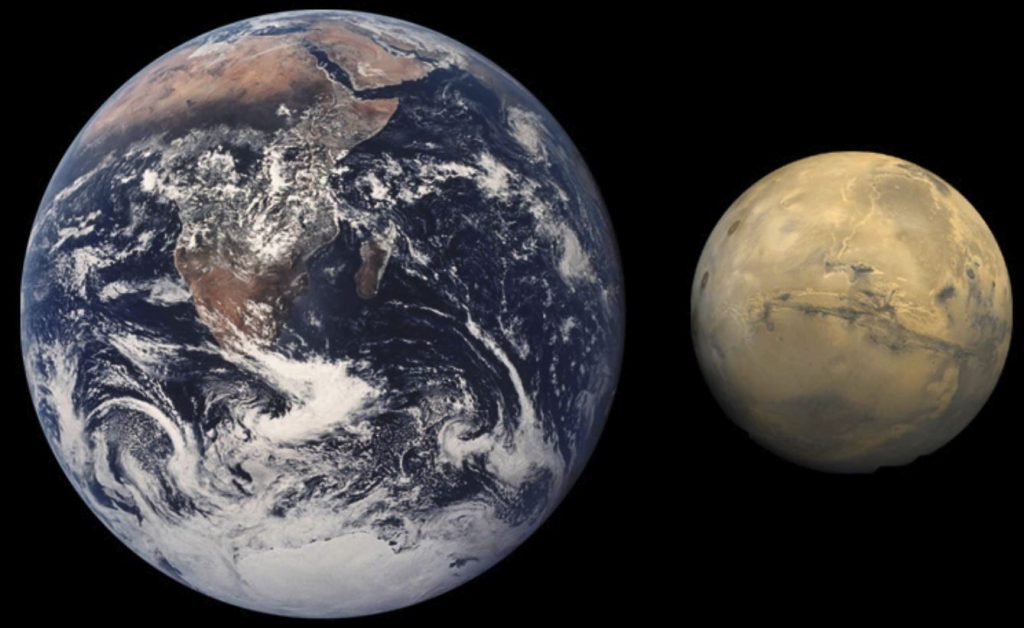
This is Earth, as seen from Mars.

And here’s what sunset looks like from the surface o the red planet.
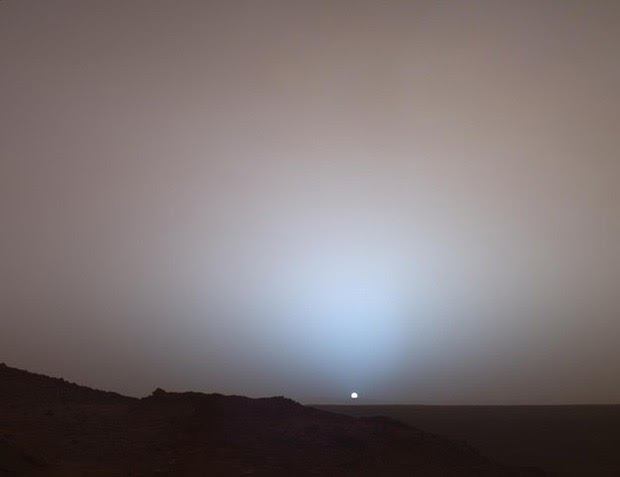
Here’s a view from the orbit of Mars, looking towards Earth and the moon.
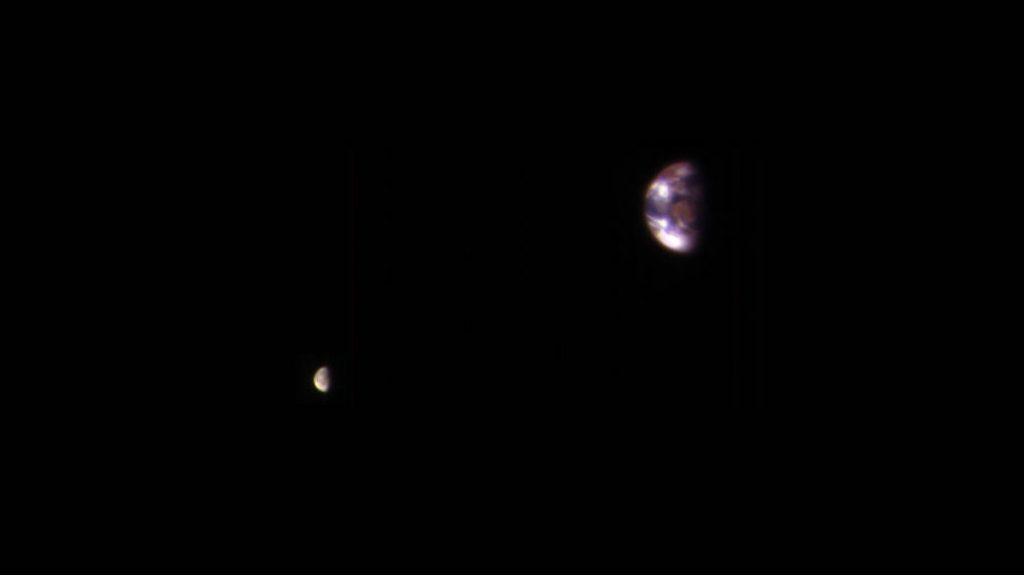
If you were traveling near Saturn and looked back towards our planet, this is what Earth would look like.

This is what Earth looks like from a distance of around 4 billion miles.
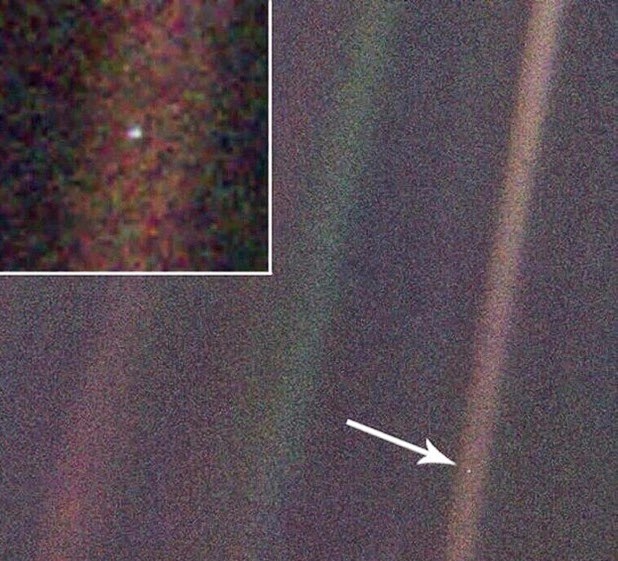
This is what Ultima Thule looks like; the farthest object explored in our solar system by a spacecraft.
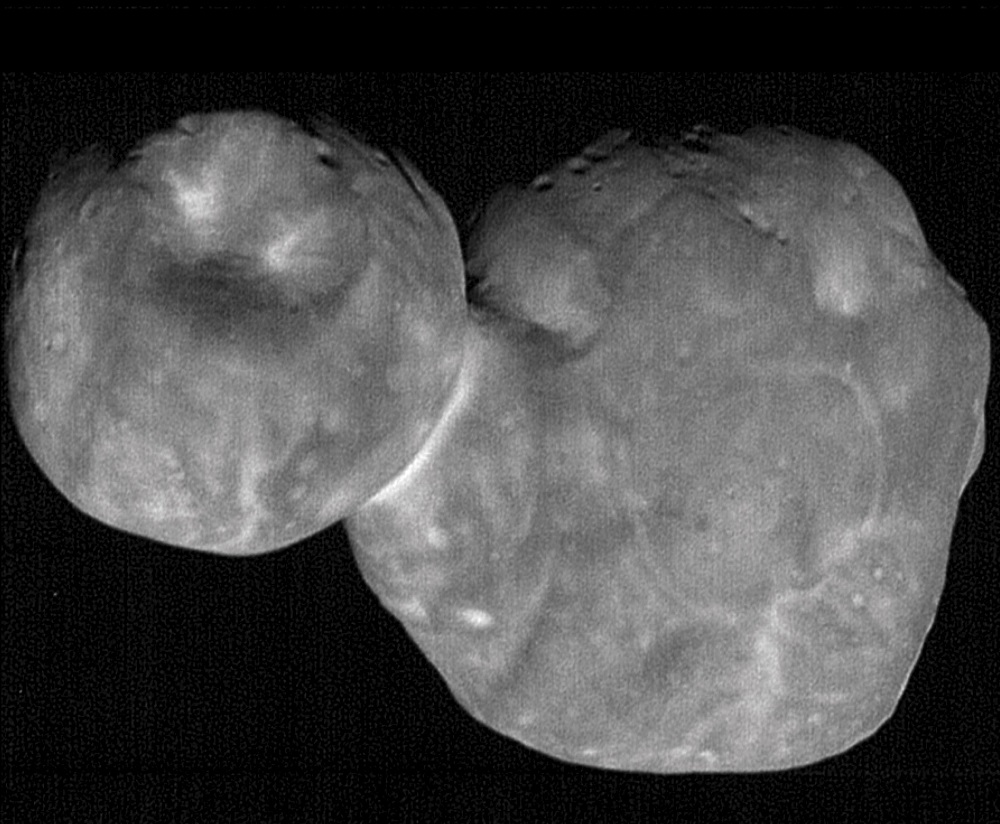
Things keep getting smaller and smaller as you zoom out of the solar system, right?
Astronomers argue there are more stars in the Universe than grains of sand on Earth. Who wants to count?

But let’s head back to the Sun for a second and take a look at our star. The Sun is massive, and our planets look like toys compared to it.
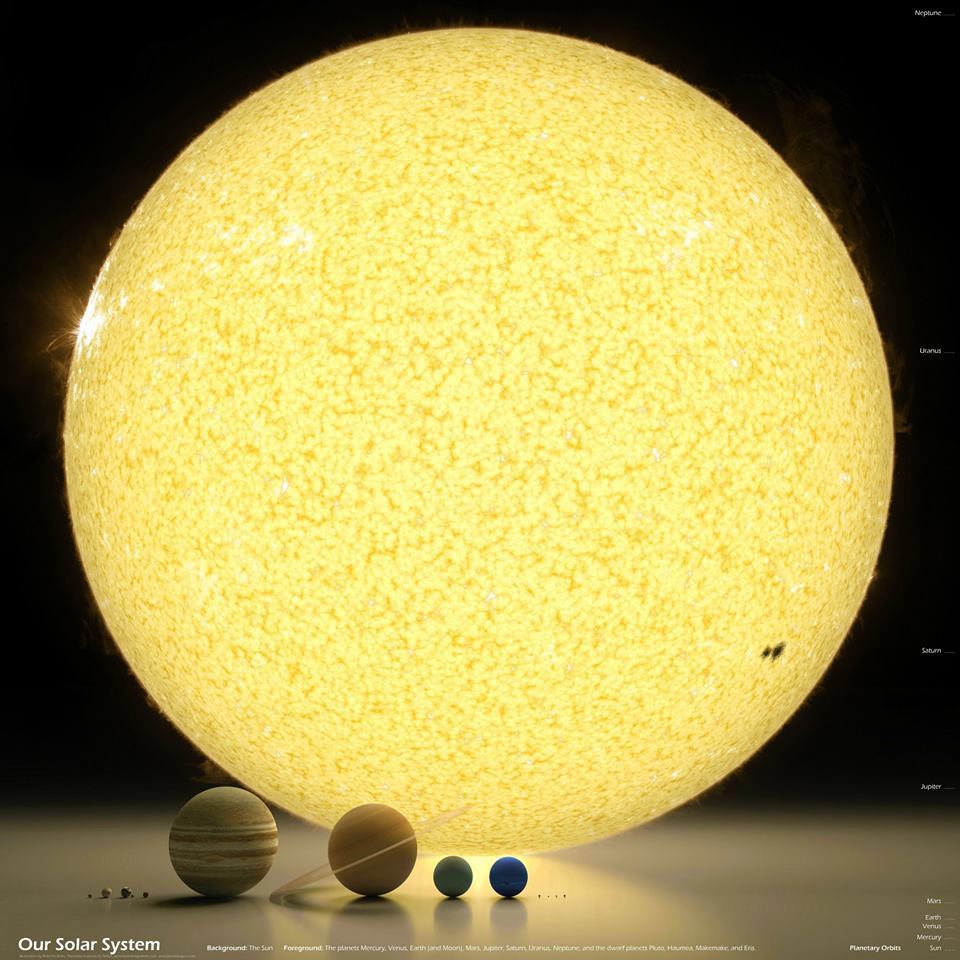
Here’s a better comparison between the Sun and Earth.
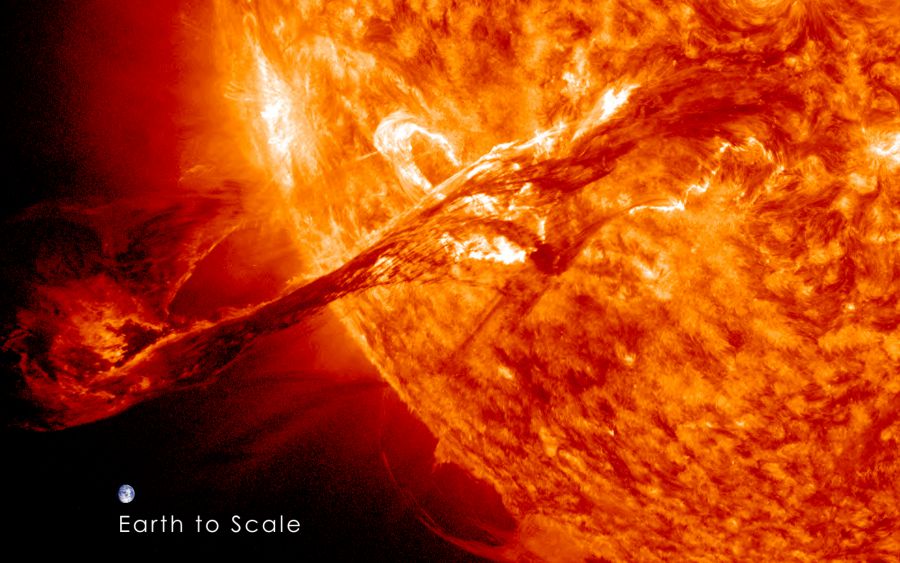
A sunspot and Earth.
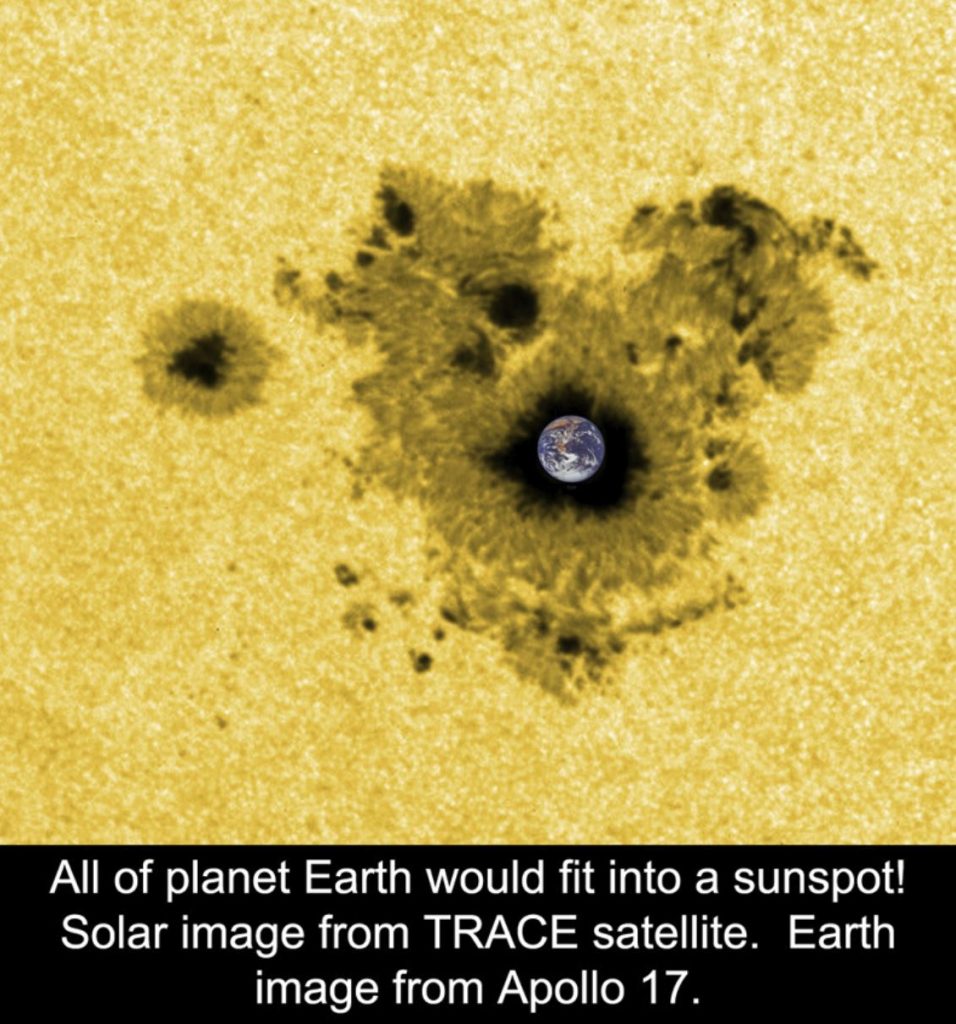
And while our Sun is massive, there are bigger stars in the Universe. The star known as V.Y. Canis Majoris is around 1,000,000,000 times bigger than our Sun.
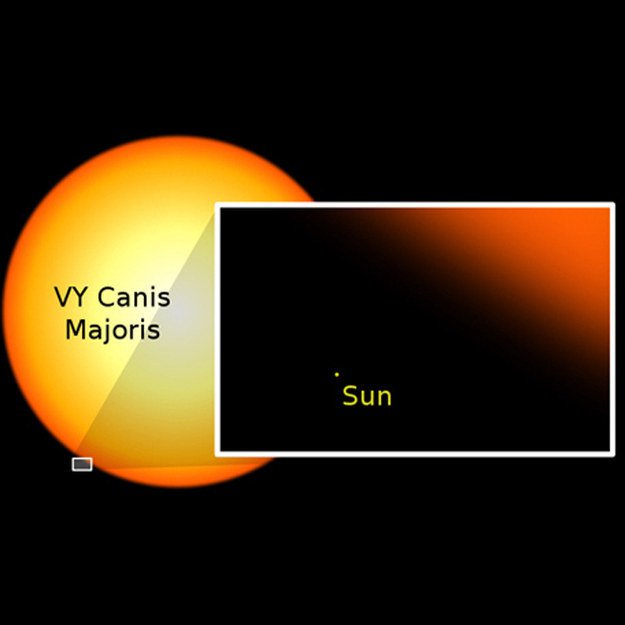
There are some pretty massive stars in the Universe.
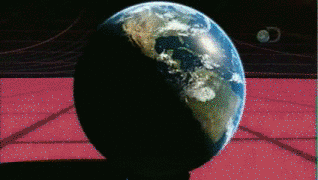
But even by seeing the above images, it is hard to get an idea of the size of cosmic bodies in the Universe.
The below image can help us get a perspective of how big things are in the Universe. Look at the image like this: If our Sun were a blood cell, the Milky Way would be as big as the United States.
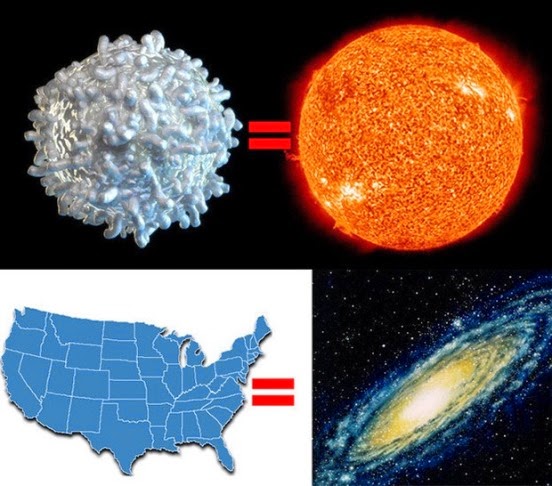
And the Milky Way is just one of the many galaxies in the Universe.
Here’s where we are located.
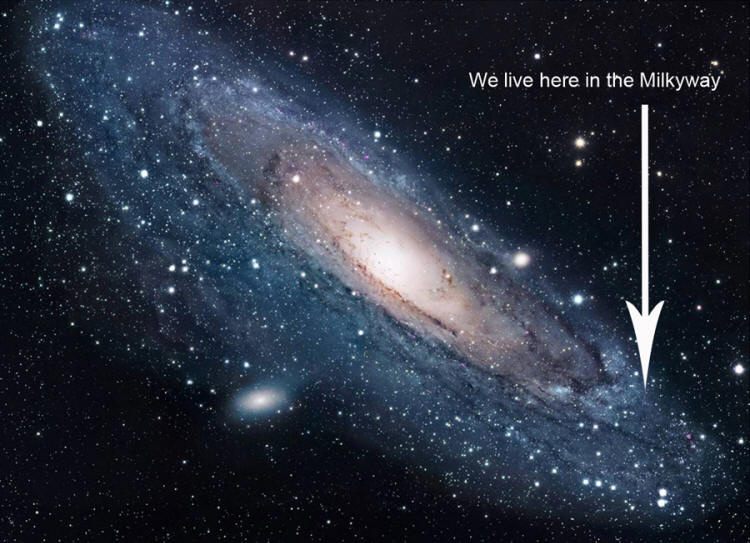
Here’s a better view of where we are in the Milky Way.

This below is an artist’s illustration of the true shape of the Milky Way, with an S-like warp in the outer reaches of the disk. Image Credit: CHEN Xiaodian.
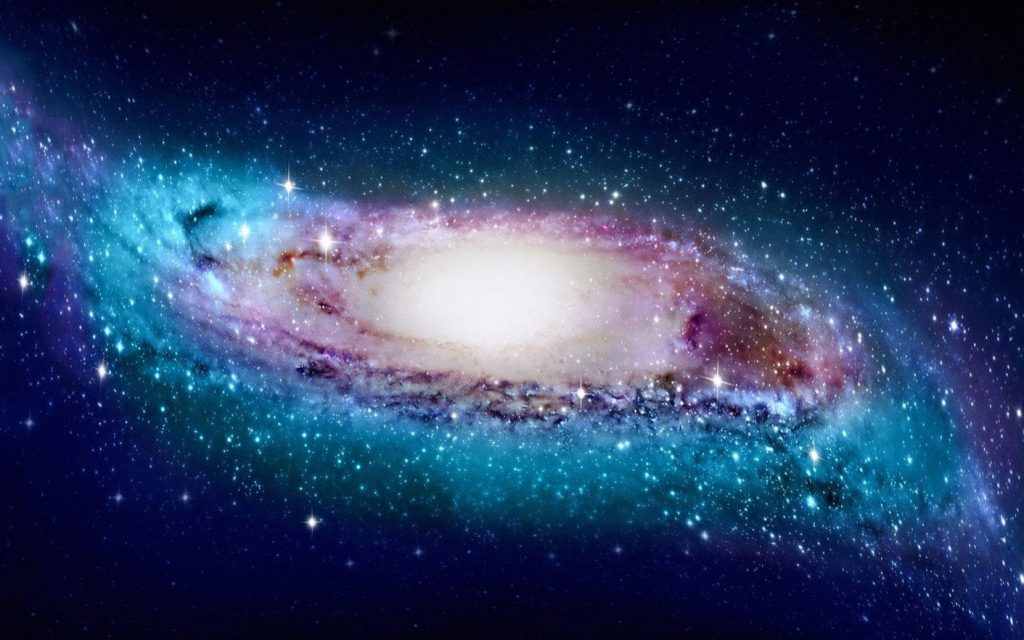
At night, when you look up, know that all the stars you see are part of this yellow circle in the image below.

This is what our telescopes, like the recently-retired Kepler Space Telescope, were able to explore.
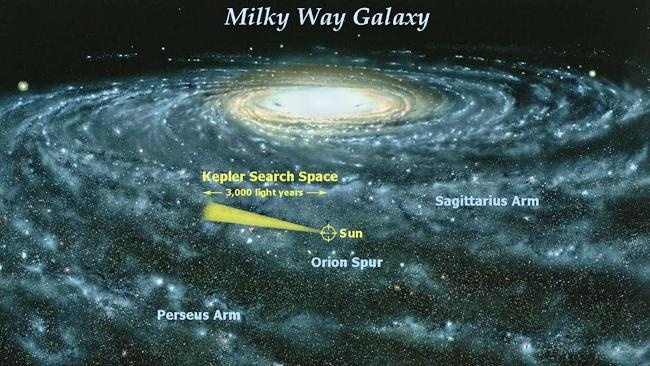
Do you think the Milky Way is big? Check out other galaxies in the Universe.
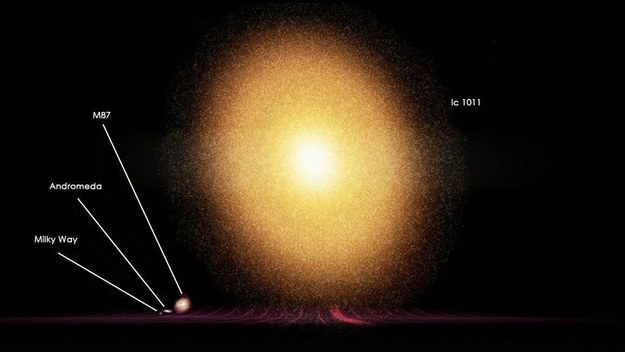
It is nearly impossible to fathom the size of these galaxies. Image the stars they host? And the planets that are within those galaxies.
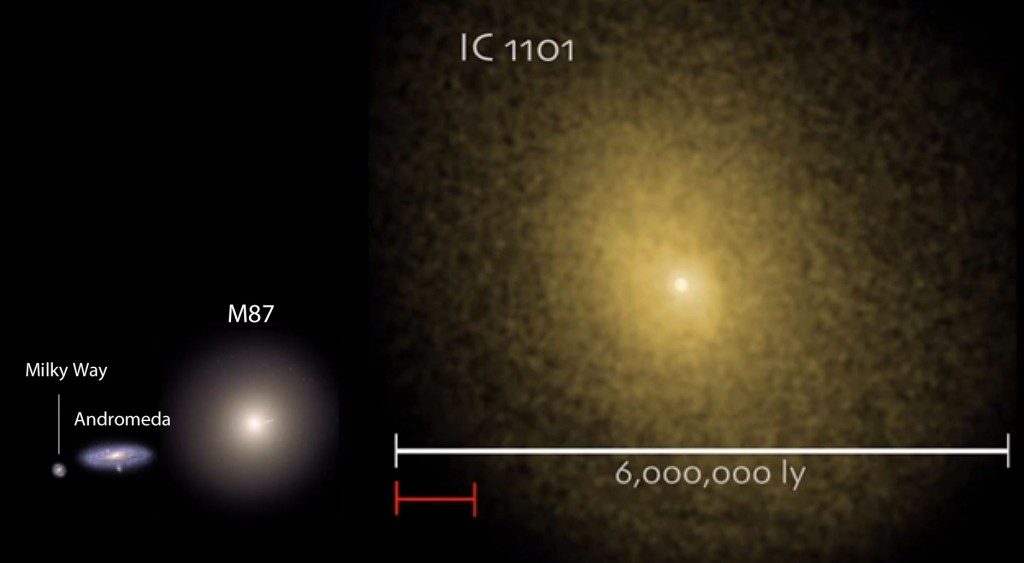
They say size doesn’t matter. But here’s a comparison of one of the largest Black Holes out there than Earth and Neptune’s orbits.

Here’s another Black Hole and the orbits of planets compared.
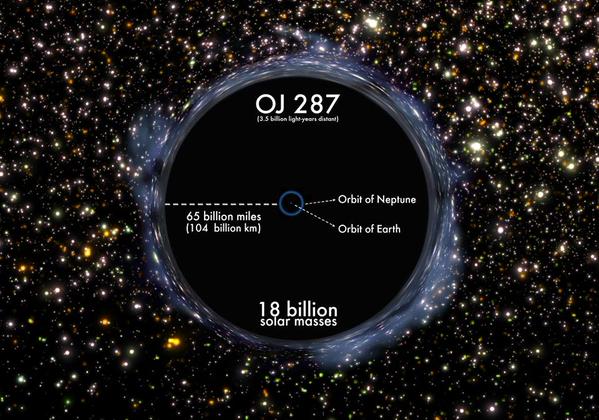
As you can see, the Universe is big. But how big is probably hard to understand. Check out this 9 Gigapixel image of the Milky Way. The below is just a small part.
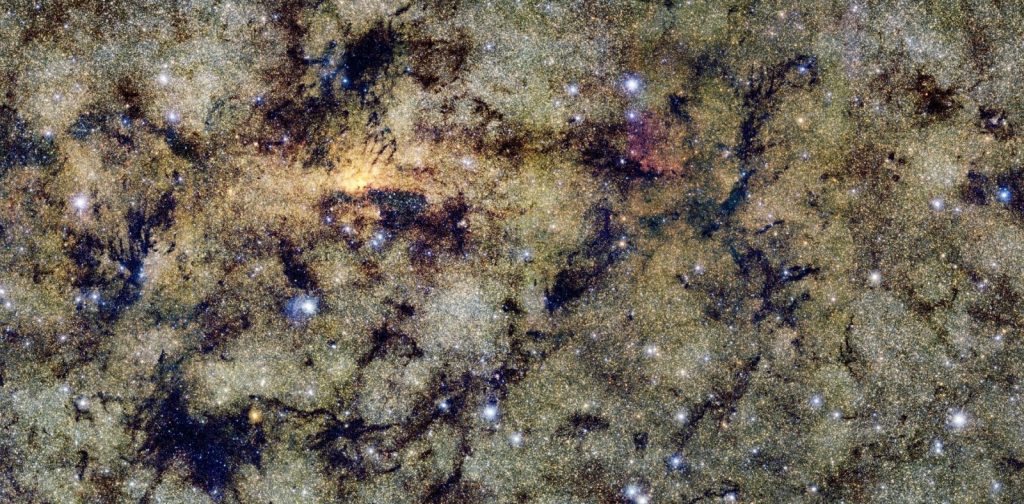
Another view of the above image.

All of those dots are actually stars.
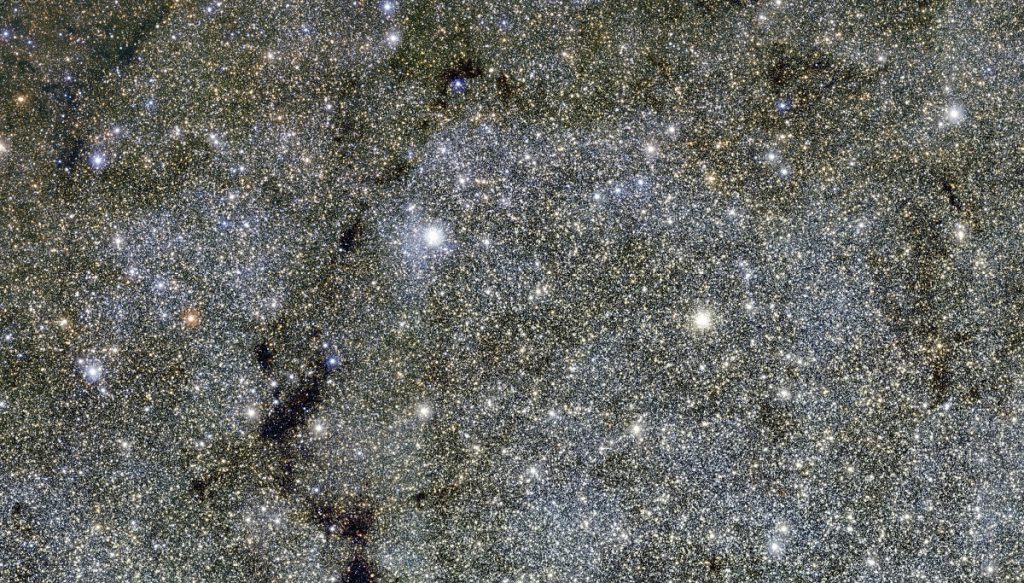
Here’s another view of the Milky Way. This is a 46 billion-pixel Milky Way picture. The below image is also just a small part of the original image.
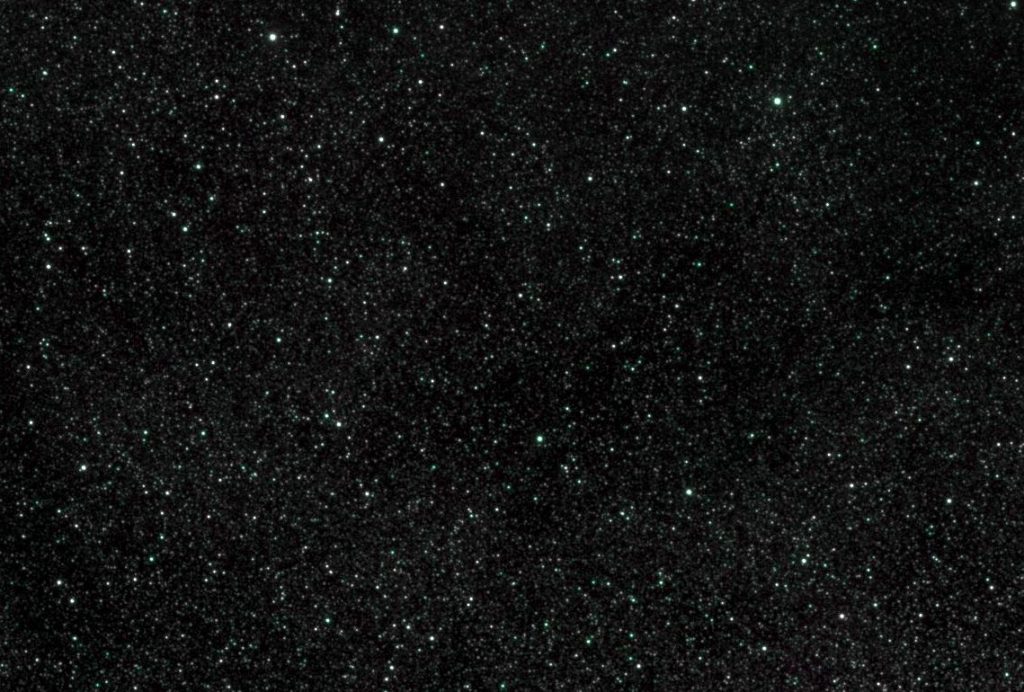
Here is a small part of the Hubble Ultra-Deep Field Image.

The image below shows the (new) Hubble Ultra-Deep Field.
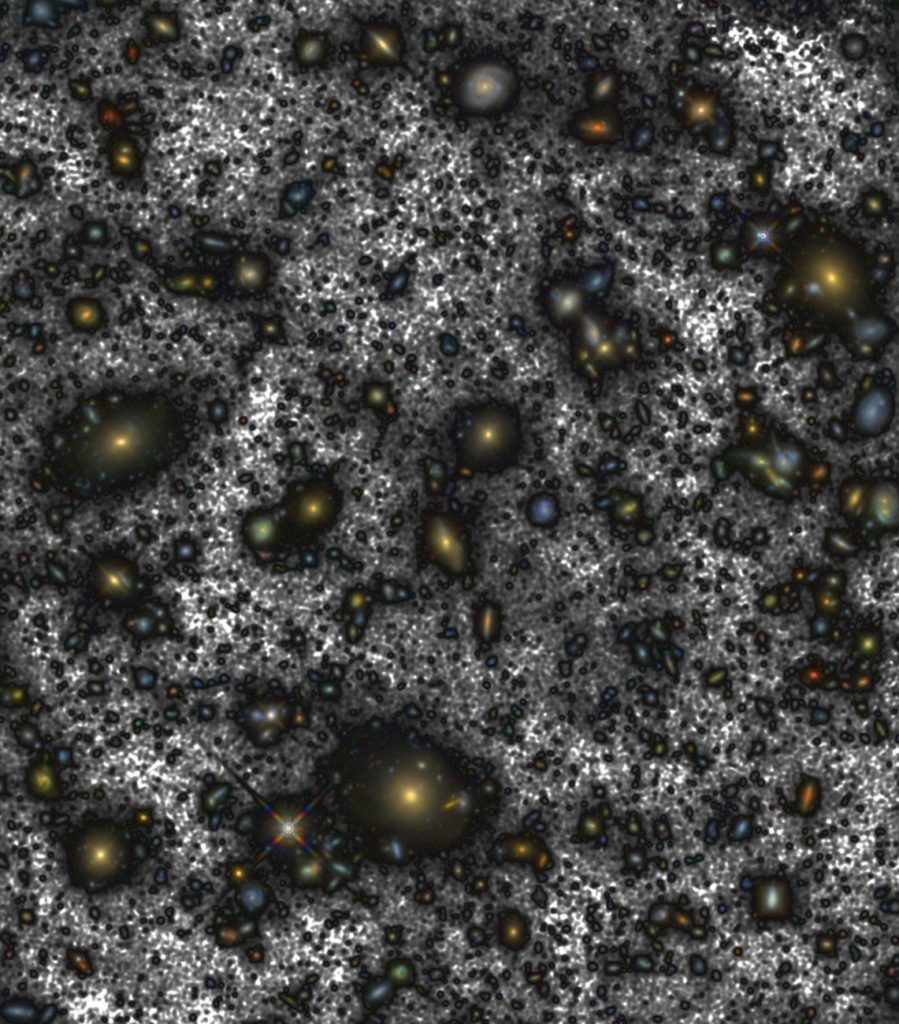
But let’s zoom out of the Milky Way.
This is our Solar System’s Interstellar Neighborhood.

And our galaxy is part of another group of galaxies called the Local Galactic Group. Here’s what it looks like.
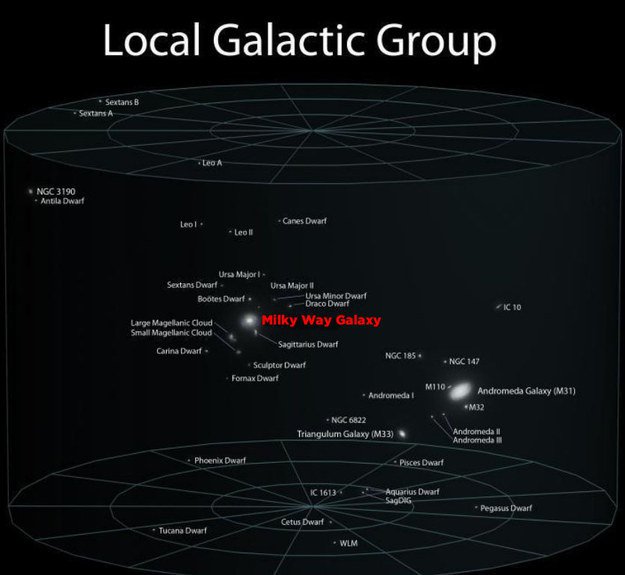
If you zoom out even further, you’ll find we are part of a supercluster of galaxies: Laniakea.

This is the observable Universe.
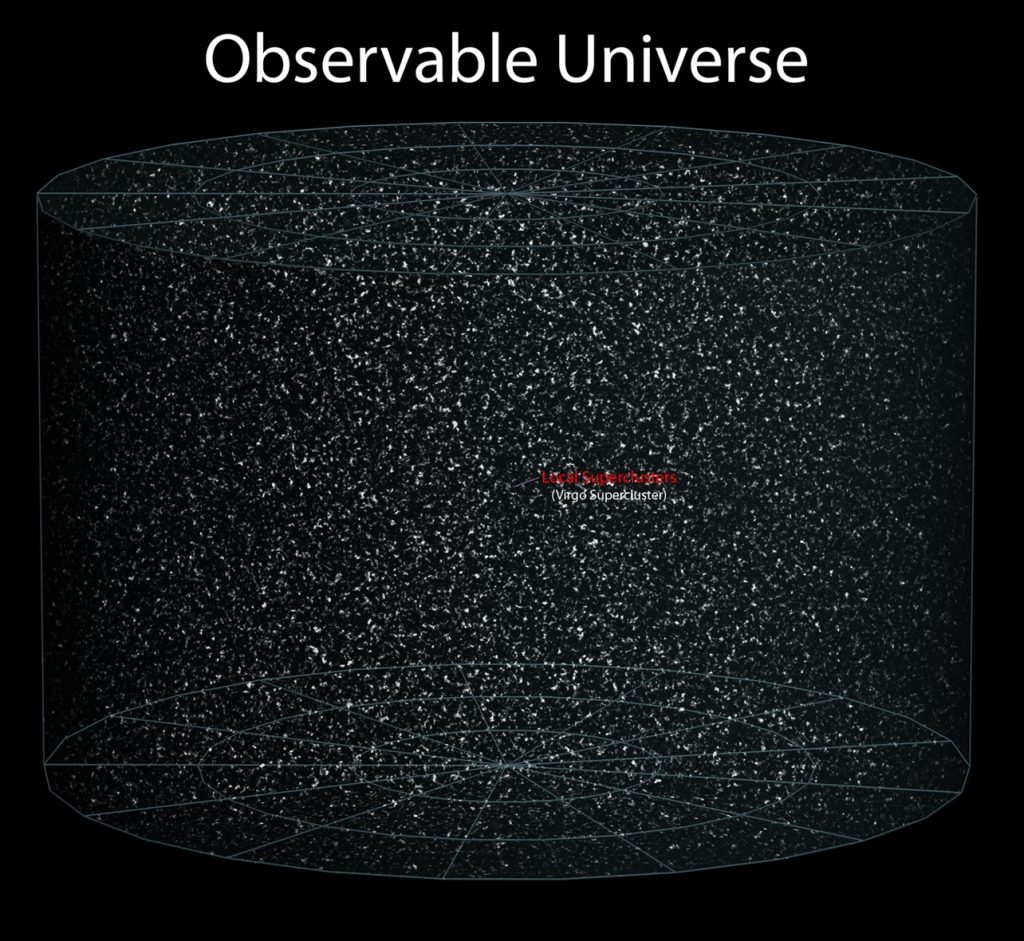
Another view.
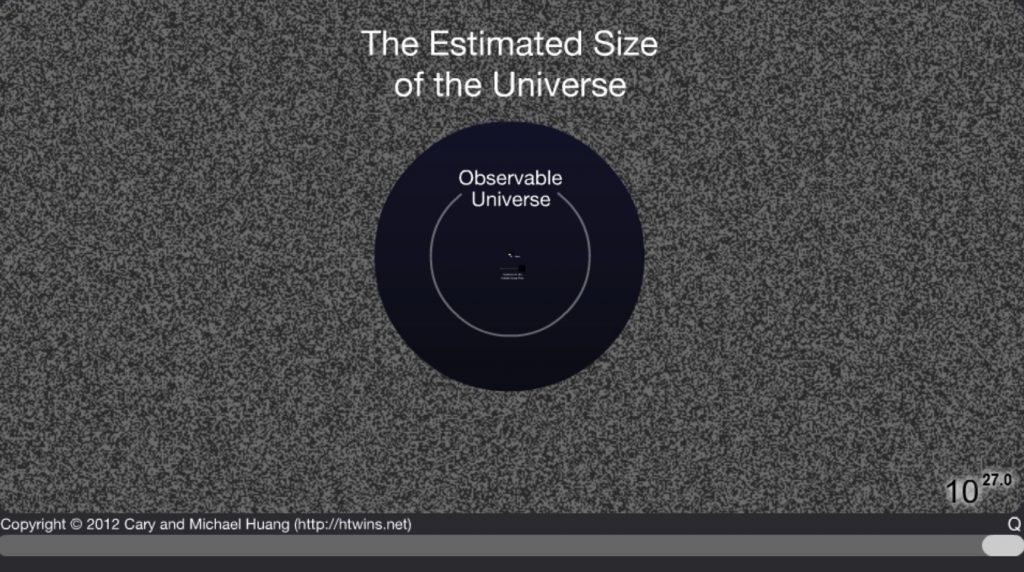
Here’s another view of some of the things we saw above.

Do you we are alone in the universe? Think again.
Join the discussion and participate in awesome giveaways in our mobile Telegram group. Join Curiosmos on Telegram Today. t.me/Curiosmos

